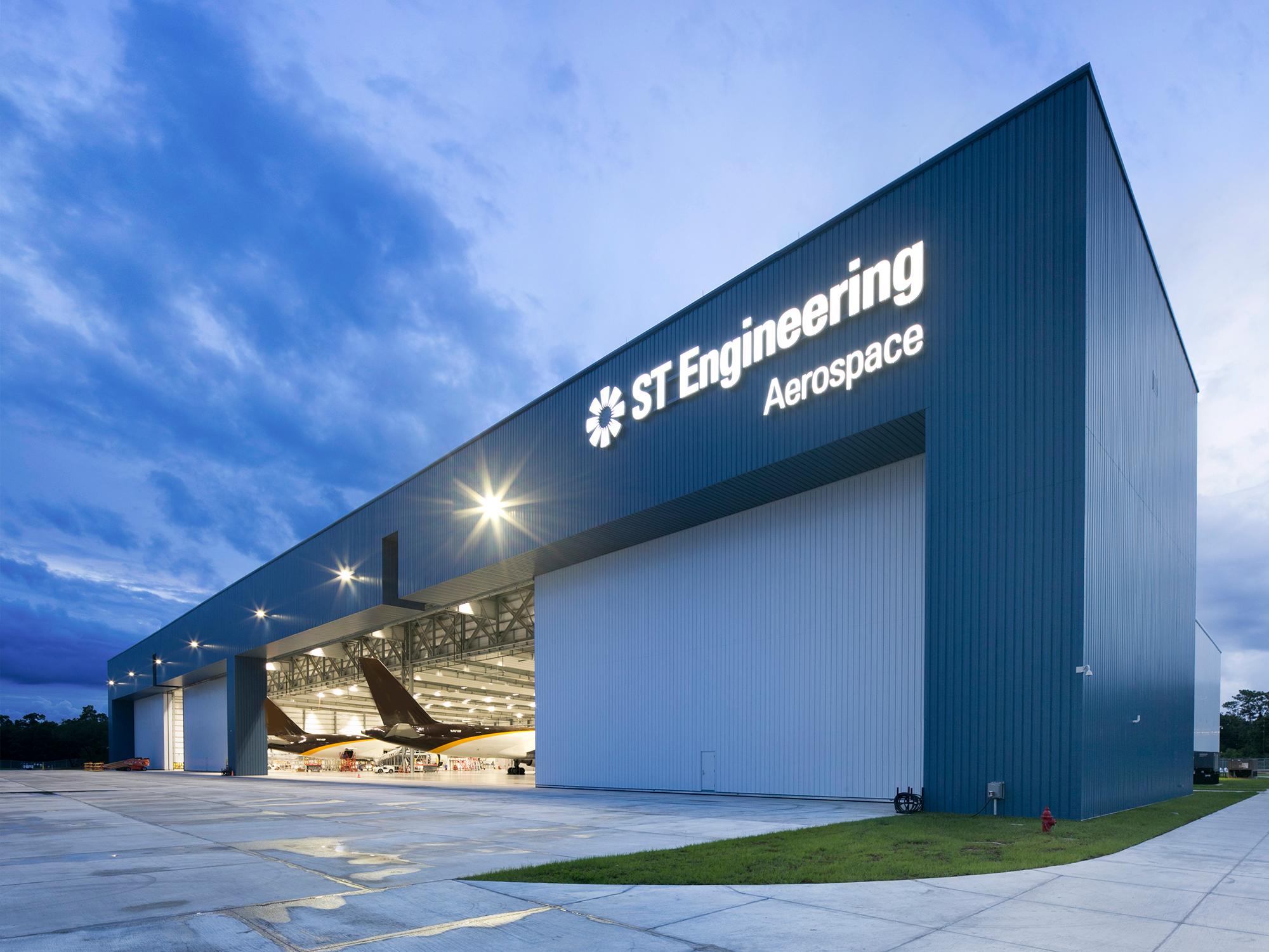
Airlines are facing increasing pressure to cut aircraft CO2 emissions, a tough challenge for equipment that must operate at 30,000-40,000 feet.
But opportunities for greener operations on the ground and particularly in aircraft maintenance are more ample. For example, ST Engineering’s aerospace unit has now added solar roofs to its third facility, situated at Paya Lebar in eastern Singapore.
Combined with the same modifications at ST Engineering’s two other facilities, the global MRO now has 10.6 megawatts of solar capacity in place, the largest such installation among aerospace companies in the island MRO hub.
Taken together, all this solar equipage should generate up to 30% of ST Engineering's annual electricity needs. The 25,000 solar panels, equivalent to 10 football fields, avoid 5,500 metric tons of annual CO2 emissions.
This very substantial achievement was made possible by local partners, programs and weather conditions. “We first looked into renewable energy sources to power our facilities in Singapore in 2016,” a spokesperson says. The result was the installation of solar at the first two facilities in 2018.
For both the original panels and the panels added in April 2021, ST Engineering does not bear any costs for either capital equipment or operation of the solar installation.
Rather, it entered into a power purchase agreement with Sembcorp Solar to buy electricity generated by solar. So Sembcorp pays for installation, operation and regulatory expenses and counts on making money by selling the electricity.
ST Engineering also benefits from avoiding Singapore’s carbon tax of S$5 per ton of CO2 for the electricity it buys from Sembcorp. Taking into account the Sembcopr’s electricity prices compared with those of its conventional power source, plus the tax savings, the MRO expects to save about S$12 million over 25 years.
As always with solar, the local climate counts in determining the utilization rate of the expensively installed solar panels and thus the economics of solar. “They generate energy as long as the weather is sunny,” the spokesperson says. “Which is pretty much all year round in Singapore.”
ST Engineering of course has facilities spread across the world. The company might choose a similar power option for other repair stations when local conditions are right.
“We certainly would consider harnessing solar energy wherever it is practical and feasible to do so,” the spokesperson says. “Solar panels may not be feasible for regions which are more prone to hurricanes and hailstorms.”





